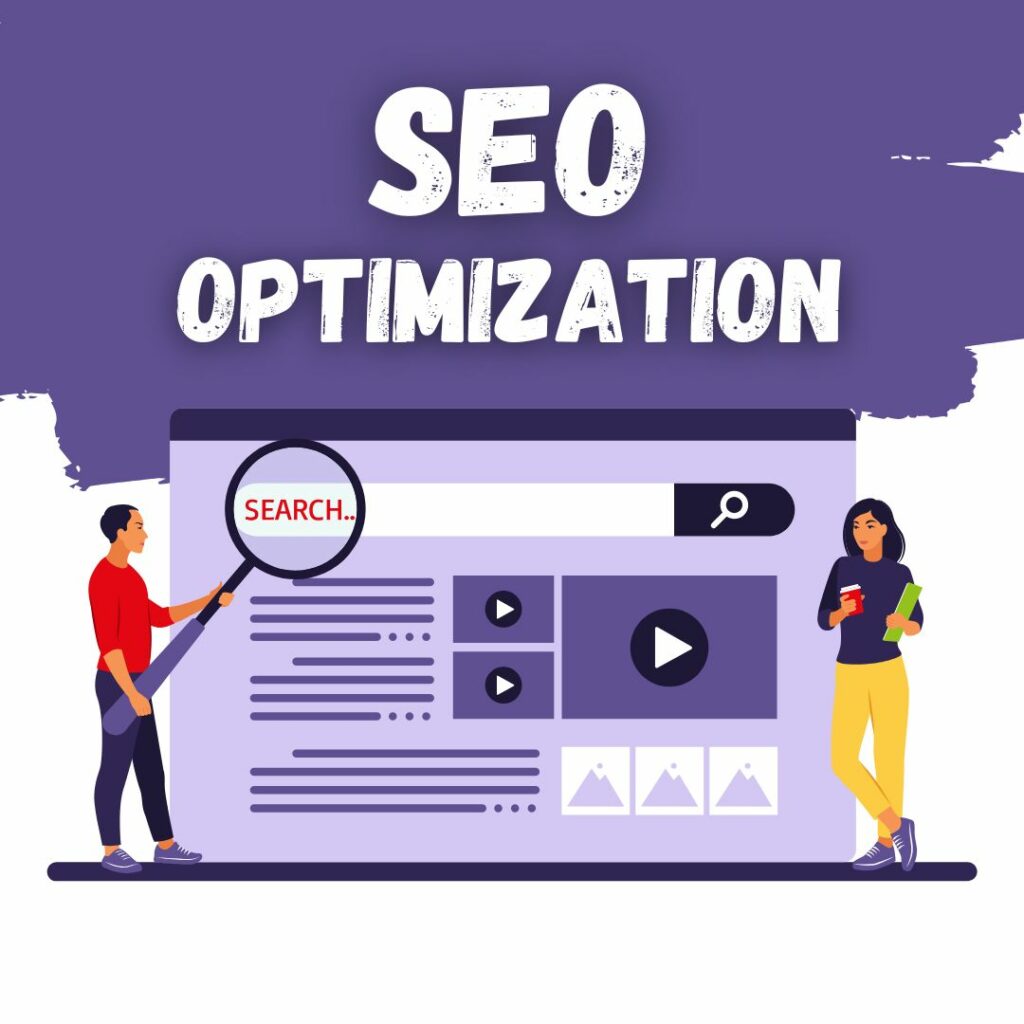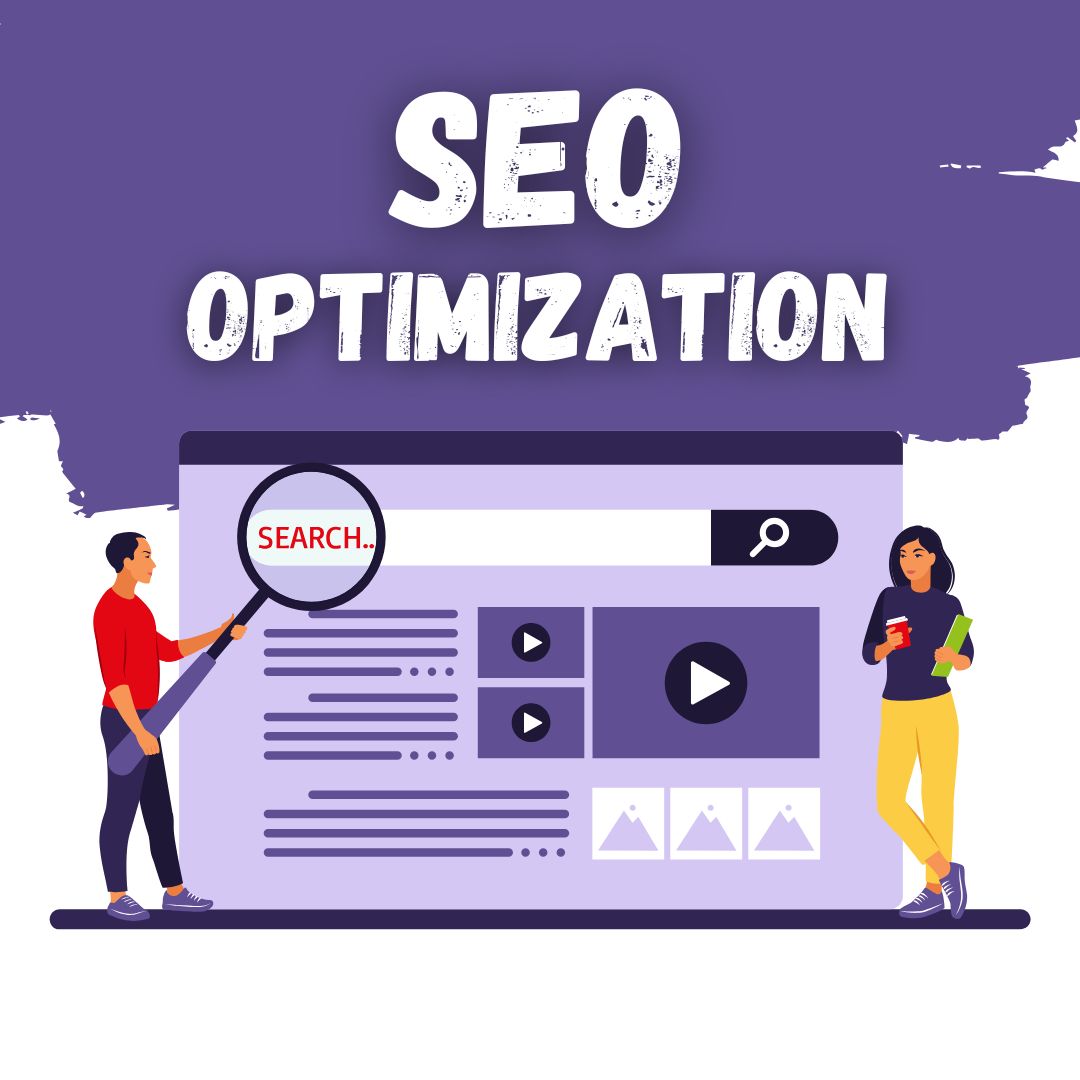Introduction
Struggling to get your content noticed on Google? You’re not alone. With millions of blog posts published daily, standing out in search results is more challenging than ever. However, mastering the art of SEO-driven content creation can transform your website’s traffic and visibility.
This comprehensive guide will take you through the essential steps to crafting content that not only ranks on Google but also attracts and engages visitors. You’ll learn about Google’s ranking factors, keyword research, on-page SEO, and content promotion strategies to help you build sustainable organic traffic. Let’s dive in.

1. Understanding Google’s Ranking Factors
Google’s algorithm evaluates multiple factors to determine search rankings. While the exact formula remains a mystery, SEO experts have identified key ranking signals that impact content visibility:
Google’s Algorithm Basics
- E-E-A-T (Experience, Expertise, Authoritativeness, Trustworthiness): High-quality content from credible sources ranks better.
- Backlinks: A strong backlink profile signals authority and improves ranking.
- On-Page SEO: Optimizing meta tags, headings, and content improves search engine readability.
User Intent & Search Behavior
Understanding user intent is crucial for content relevance. Search queries fall into three main categories:
- Informational: Users seek answers (e.g., “How to start a blog”).
- Navigational: Users look for a specific website (e.g., “Facebook login”).
- Transactional: Users intend to buy (e.g., “Best laptops under $1000”).
Pro Tip: Aligning content with user intent increases engagement and reduces bounce rates.
2. Keyword Research: Finding What Your Audience is Searching For
Keyword research is the backbone of SEO. Targeting the right keywords ensures your content reaches the right audience.
Types of Keywords
- Short-Tail Keywords: High competition, broad intent (e.g., “digital marketing”).
- Long-Tail Keywords: Lower competition, specific intent (e.g., “best digital marketing strategies for small businesses”).
- LSI (Latent Semantic Indexing) Keywords: Related phrases that provide context (e.g., “content strategy,” “SEO optimization”).
Best Keyword Research Tools
- Google Keyword Planner – Free tool for discovering keyword trends.
- Ahrefs & SEMrush – Advanced tools for keyword difficulty and competitor analysis.
- Ubersuggest – Great for beginners seeking keyword ideas.
Keyword Placement Best Practices
- Include primary keywords in the title, meta description, and first 100 words.
- Use natural keyword variations throughout the content.
- Optimize headings (H2, H3) and image alt text with relevant keywords.
3. Crafting SEO-Optimized Headlines & Meta Descriptions
Headline Best Practices
A compelling headline increases click-through rates (CTR) and engagement.
- Use Power Words: “Proven,” “Ultimate,” “Secrets.”
- Include Numbers: “10 Best Ways to…”
- Be Specific: Avoid vague headlines like “How to Rank on Google” – instead, use “How to Rank #1 on Google in 2025.”
Meta Description Optimization
- Keep it under 155-160 characters.
- Include the primary keyword naturally.
- Make it persuasive to encourage clicks.
Example: “Struggling to rank on Google? Discover the ultimate guide to SEO content creation with expert tips and proven strategies to boost your rankings.”
4. Creating High-Quality, Engaging Content
The Anatomy of a Perfect Blog Post
- Introduction: Hook the reader with a compelling opening.
- Body: Provide value, break up text with subheadings, and use bullet points.
- Conclusion: Summarize key takeaways and include a call-to-action.
Readability & Formatting Best Practices
- Short Paragraphs: Keep sentences concise and digestible.
- Subheadings & Bullet Points: Improve skimmability.
- Visuals: Use images, infographics, and videos to enhance engagement.
Storytelling & Value
- Use real-life examples and case studies.
- Add data and statistics to support claims.
- Answer readers’ questions comprehensively.
5. On-Page SEO: Optimizing Your Content for Search Engines
Essential On-Page SEO Elements
- URL Structure: Short, keyword-rich URLs perform better (e.g.,
example.com/seo-content-guide). - Internal Linking: Helps Google understand content hierarchy and keeps readers engaged.
- External Links: Link to authoritative sources to improve credibility.
- Image Optimization: Compress images, use descriptive alt text, and include relevant keywords.
- Schema Markup: Adds structured data to enhance rich snippets in search results.
6. Content Promotion: Driving Traffic Beyond Google
Social Media Sharing
- Share content on platforms where your audience is active (LinkedIn, Twitter, Facebook).
- Use relevant hashtags and engage with users.
- Repurpose content into different formats (videos, infographics, slideshows).
Email Marketing Strategy
- Send personalized content to your email subscribers.
- Use engaging subject lines to improve open rates.
- Include clear CTAs to drive traffic back to your website.
Guest Blogging & Backlinks
- Write high-quality guest posts for reputable sites.
- Reach out to influencers for backlink opportunities.
- Create shareable content that naturally earns links.
7. Measuring & Improving Performance
Key SEO Analytics Tools
- Google Analytics: Tracks traffic, user behavior, and conversions.
- Google Search Console: Monitors search performance and indexing issues.
- SEMrush & Ahrefs: Analyze keyword rankings and backlink profiles.
Essential Metrics to Track
- Bounce Rate: High bounce rates indicate content isn’t engaging.
- Time on Page: Longer duration signals valuable content.
- Organic Click-Through Rate (CTR): Higher CTR means better optimization.
Continuous Optimization Strategies
- Update outdated posts with fresh data.
- Improve weak-performing pages.
- Repurpose high-performing content into new formats.
Conclusion & Next Steps
Crafting SEO-friendly content is a long-term strategy that requires research, optimization, and consistent effort. By following this guide, you can improve your search rankings, attract visitors, and build a loyal audience.
Actionable Steps for You:
✅ Perform keyword research before writing. ✅ Optimize headlines, meta descriptions, and on-page SEO. ✅ Structure content for readability and engagement. ✅ Promote content through social media and email marketing. ✅ Track performance and continually optimize.
Now, it’s your turn! Start implementing these strategies and watch your content soar in Google rankings. Want expert help? Subscribe to our newsletter for exclusive SEO tips!
